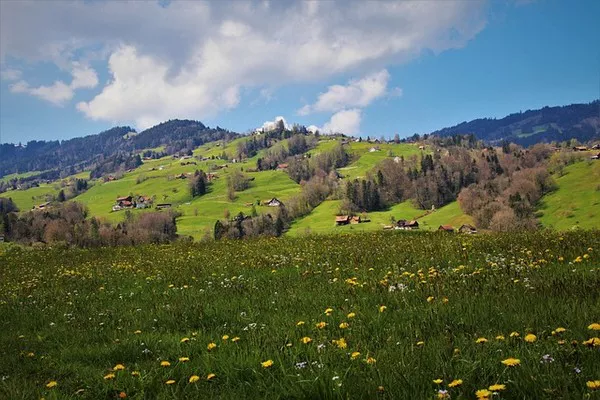Since the late 1800s, the Christmas tree has held a cherished place in homes worldwide, symbolizing the spirit of the festive season. However, as environmental concerns grow, so does the need to reassess the eco-friendliness of the Christmas tree industry. While real trees avoid the plastic predicament of their artificial counterparts, certain aspects of their cultivation come with environmental costs, from fertilizers to international shipping.
In an effort to mitigate the environmental impact of traditional Christmas tree farming, innovative solutions are emerging. Vertical farming, a technology pioneered by IGS, is gaining attention for its potential to revolutionize the way Christmas trees are grown. We spoke with Tanveer Khan, Head of Science at IGS, to explore how this cutting-edge technology could reshape the future of the Christmas tree industry.
Benefits of Growing Christmas Trees Using IGS Technology:
IGS has collaborated with Forestry and Land Scotland to conduct trials for growing tree seedlings, with promising results that extend beyond reforestation efforts. When applied to Christmas tree cultivation, such as the popular Norway Spruce, Douglas Fir, or Scotch Pine varieties, IGS technology offers several benefits.
Tanveer Khan highlights, “The main benefits would be the speed of growth, germination rate, and reducing (and actually eliminating) potential tree losses. Another benefit is scale – we can grow 2.7 million seedlings per year using one 12-metre IGS Growth Tower.”
Eliminating losses in the growth process is a significant advantage. Traditional outdoor nurseries often experience losses of up to 65% over an extended period. With vertical farming, the process is streamlined, taking less than three months, and losses can be completely eliminated.
Creating the Perfect Christmas Tree with Sustainable Technologies:
The pursuit of the perfect Christmas tree often involves high fertilizer usage and significant wastage as seedlings fail to meet specific standards. IGS technology offers an alternative approach. Tanveer explains, “We can create the perfect Christmas tree inside a Growth Tower before planting it in a more traditional environment.”
The use of different types of light in vertical farms stimulates growth, contributing to the desired characteristics of a perfect Christmas tree. While still in the early stages of trials, IGS technology shows promise in influencing the shape and structure of trees, offering a more sustainable alternative to traditional farming practices.
Cutting Transportation Costs and Emissions:
One of the remarkable advantages of IGS technology is its potential to reduce transportation costs and associated emissions. Tanveer emphasizes, “Christmas trees can be grown anywhere in the world, drastically reducing transport-associated emissions.”
By enabling Christmas tree cultivation in any climate, closer to the customer, vertical farming minimizes the risk of trees perishing during transportation. This approach aligns with global preferences, allowing warmer countries to enjoy varieties like the Douglas Fir without relying on long-distance shipping.
Tanveer concludes, “This could be used in tandem with other means of growing, as these seedlings would be transported to a glasshouse to finish their growth before making their way to living rooms nearby. They would get more light in the initial phase of growth through vertical farming technology.”
In addition to environmental benefits, the potential reduction in operating costs, especially if the vertical farm is powered by renewables, adds an economic incentive to adopt this sustainable approach in the Christmas tree industry. As IGS technology continues to evolve, it holds the promise of reshaping not only how we grow Christmas trees but also our broader approach to sustainable agriculture.


